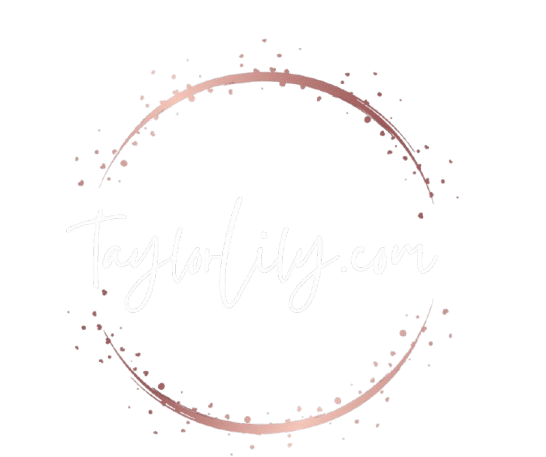Healthcare Application Retirement Cloud vs In-HouseAs a programmer, I’ve often found myself pondering the age-old question What’s the difference between Healthcare Application Retirement Cloud and In-House It’s a query that’s often on the minds of healthcare professionals and IT experts alike, and one that can have significant implications for the way we approach healthcare technology.So, what are people searching for when they ask this question In essence, they’re looking for a solution to the problem of managing and maintaining complex healthcare applications. These applications are often critical to the delivery of patient care, and their retirement can be a daunting task. Whether it’s due to outdated technology, security concerns, or simply the need for a more efficient solution, healthcare organizations are constantly seeking ways to streamline their operations and improve patient outcomes.When it comes to Healthcare Application Retirement Cloud vs In-House, the key difference lies in the approach to managing and maintaining these applications. A cloud-based solution involves outsourcing the management and maintenance of the application to a third-party provider, whereas an in-house approach involves handling these tasks internally.Here are some key benefits and drawbacks of each approachCloud-Based SolutionBenefitsReduced capital expenditures and operational costsIncreased scalability and flexibilityImproved security and complianceAccess to advanced technology and expertiseDrawbacksDependence on the cloud provider for maintenance and supportPotential security risks and data breachesLimited customization and controlIn-House SolutionBenefitsGreater control and customization over the applicationImproved security and data sovereigntyReduced dependence on third-party providersAbility to integrate with existing systems and infrastructureDrawbacksHigher capital expenditures and operational costsIncreased complexity and maintenance requirementsLimited scalability and flexibilityTo illustrate the differences between these two approaches, let’s consider an example. Imagine a fitness brand that leverages AI to create hyperpersonalized workouts for its users. In this scenario, the brand might choose to retire its existing application and migrate to a cloud-based solution that offers advanced AI capabilities and scalability. This would allow the brand to focus on its core competencies while outsourcing the management and maintenance of the application to a third-party provider.On the other hand, a healthcare organization might choose to maintain its application in-house, due to the sensitive nature of patient data and the need for greater control and customization over the application.In conclusion, the choice between Healthcare Application Retirement Cloud vs In-House ultimately depends on the specific needs and goals of the organization. By weighing the benefits and drawbacks of each approach, healthcare professionals and IT experts can make informed decisions that align with their organization’s unique requirements.If you found this post helpful, I’d really appreciate it if you could do me a solid and buy me a coffee (https//gofund.me/f40c797c). Your gift can be the catalyst for change

Tech
coherent data fabric – TaylorLilly.com
Discover the power of a coherent data fabric, a unified platform that integrates data from multiple sources, enabling realtime insights and improved decisionmaking








